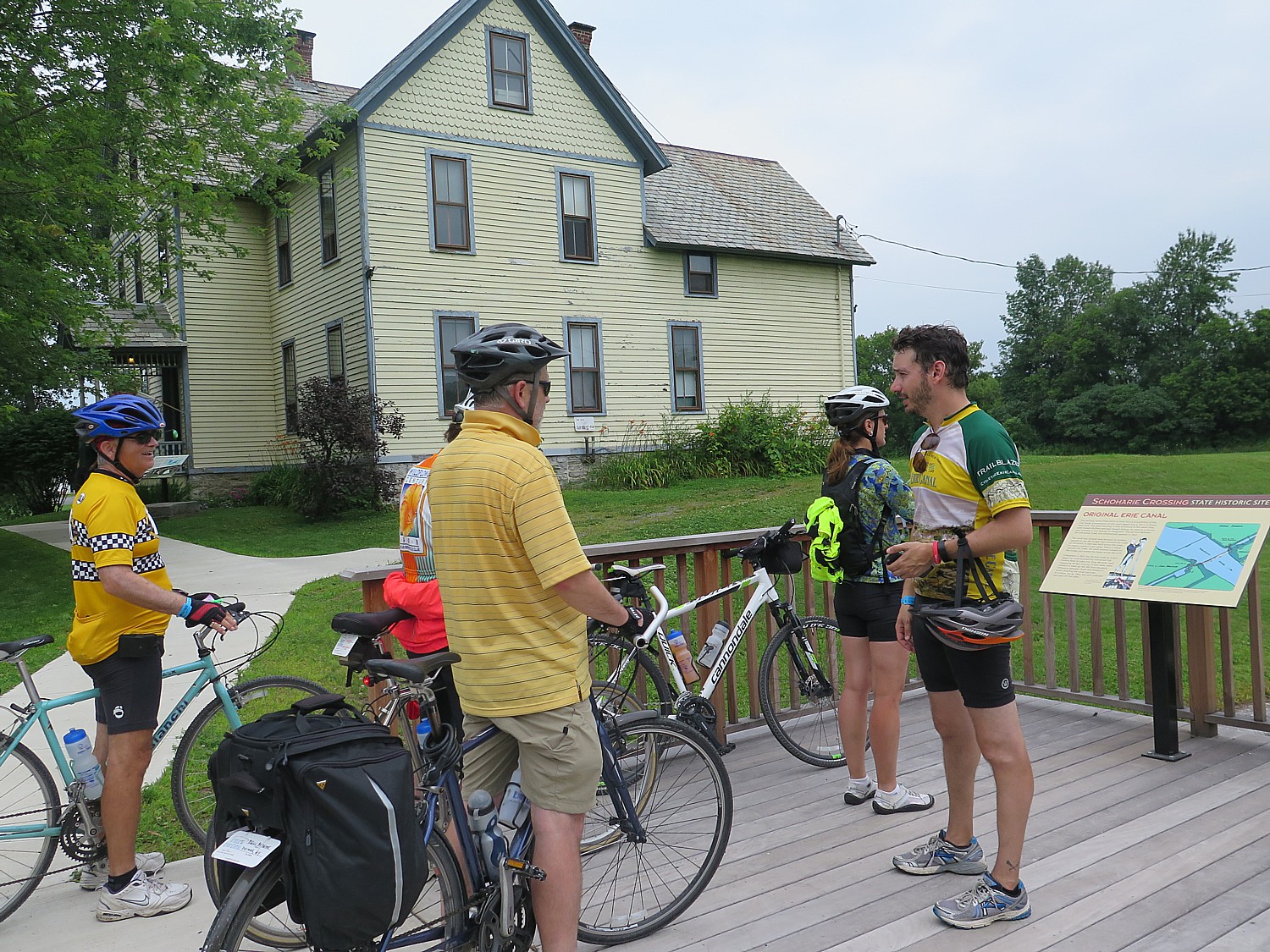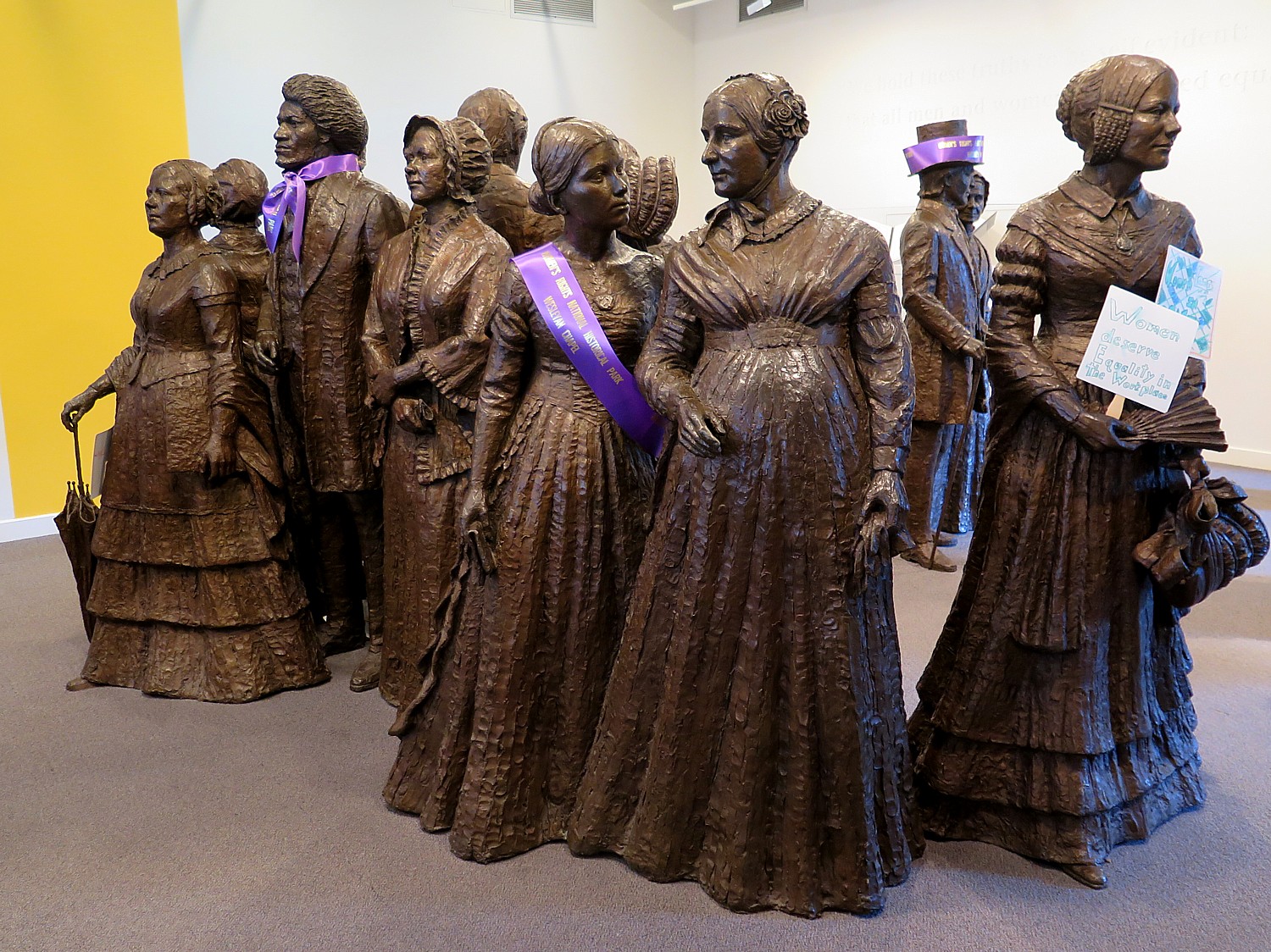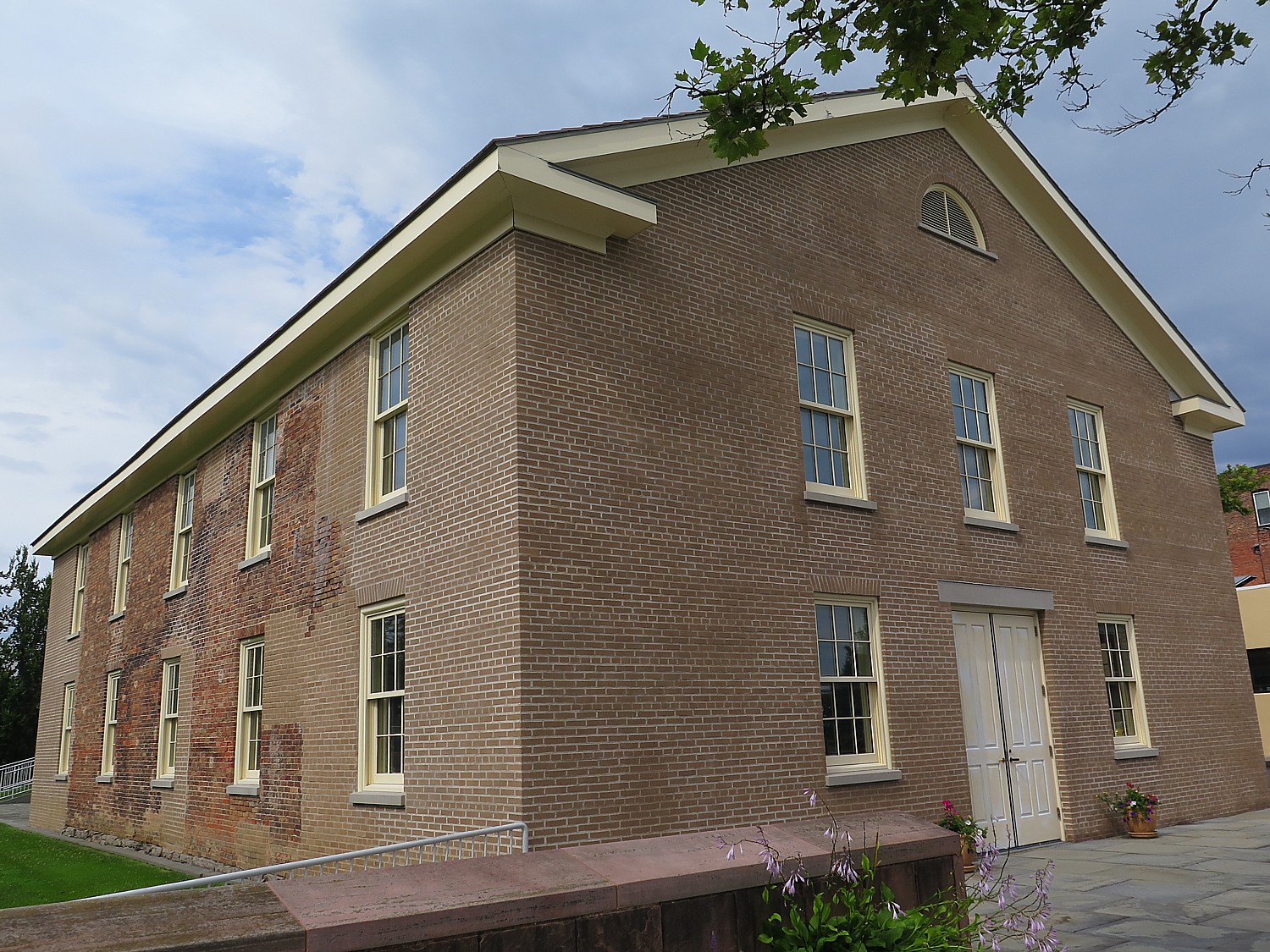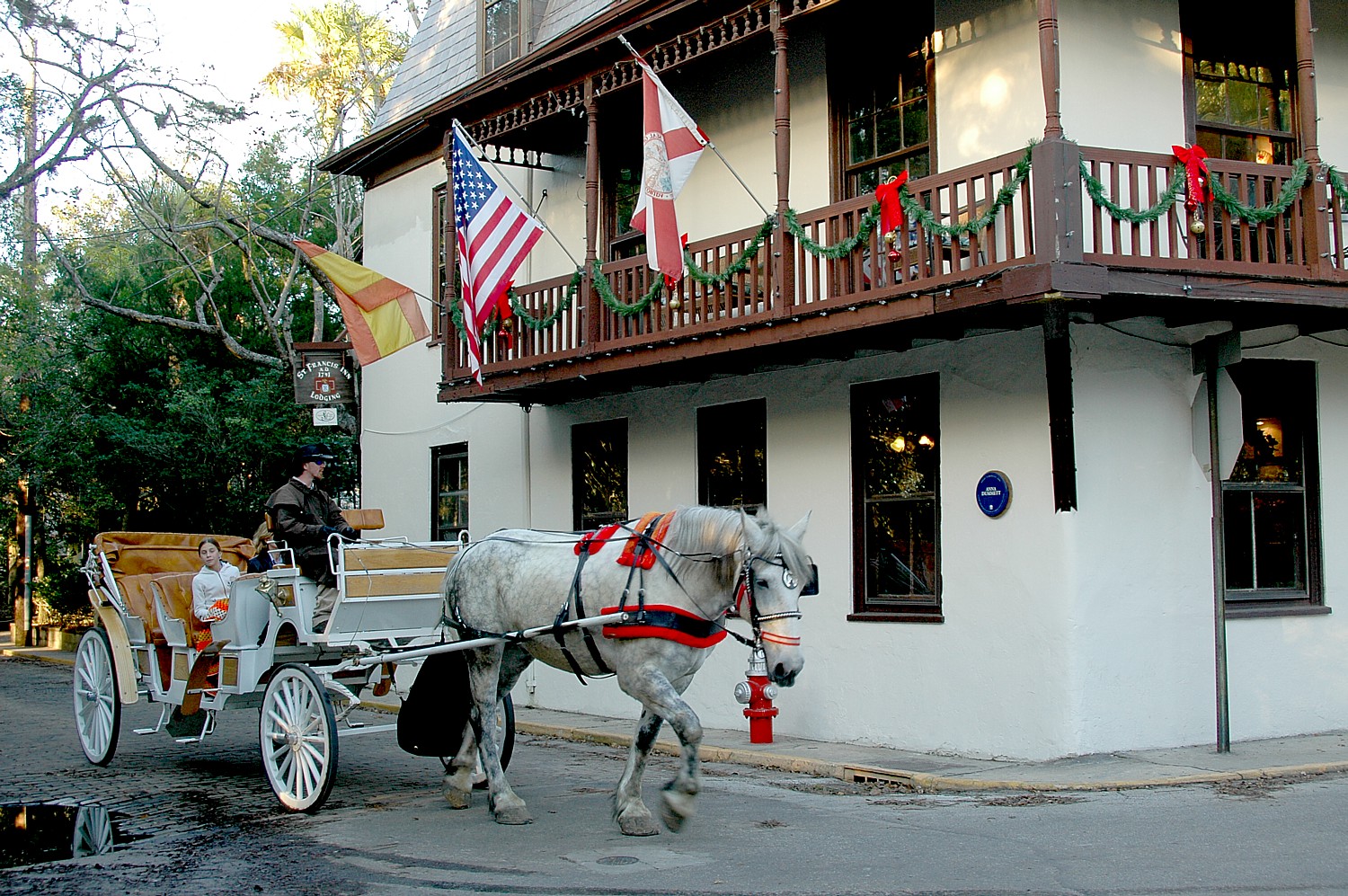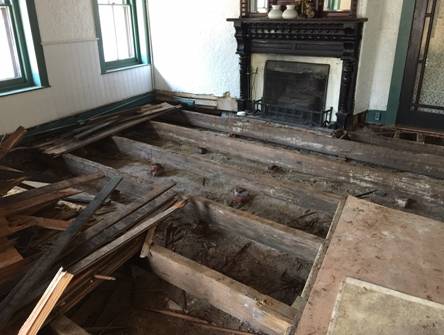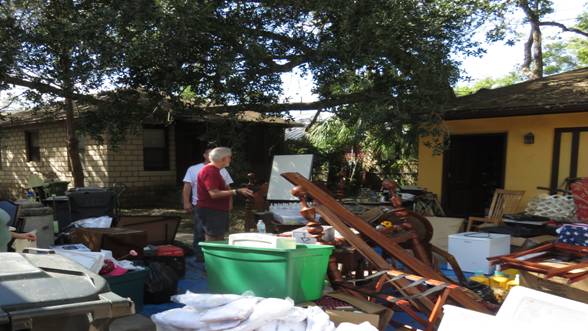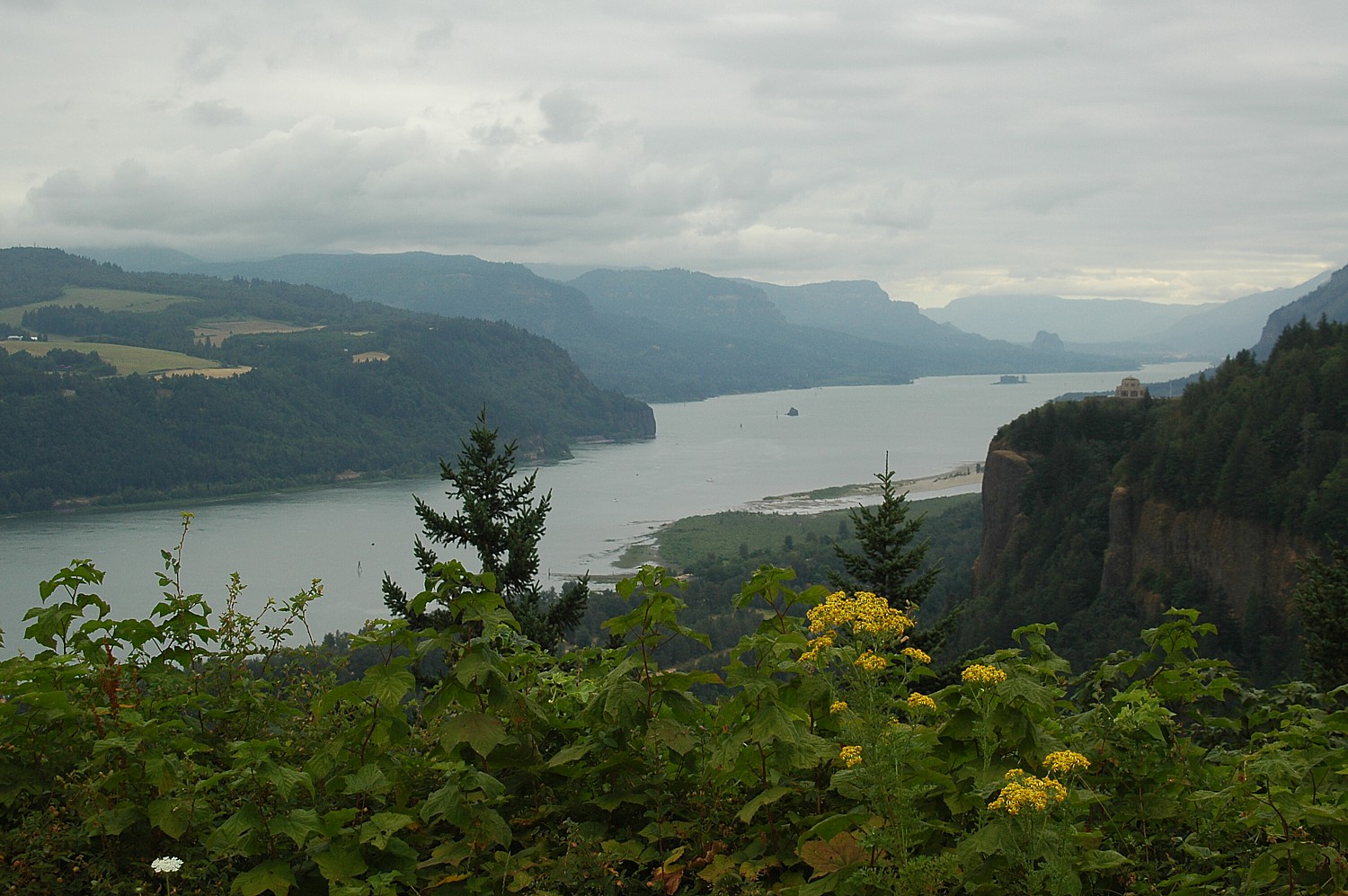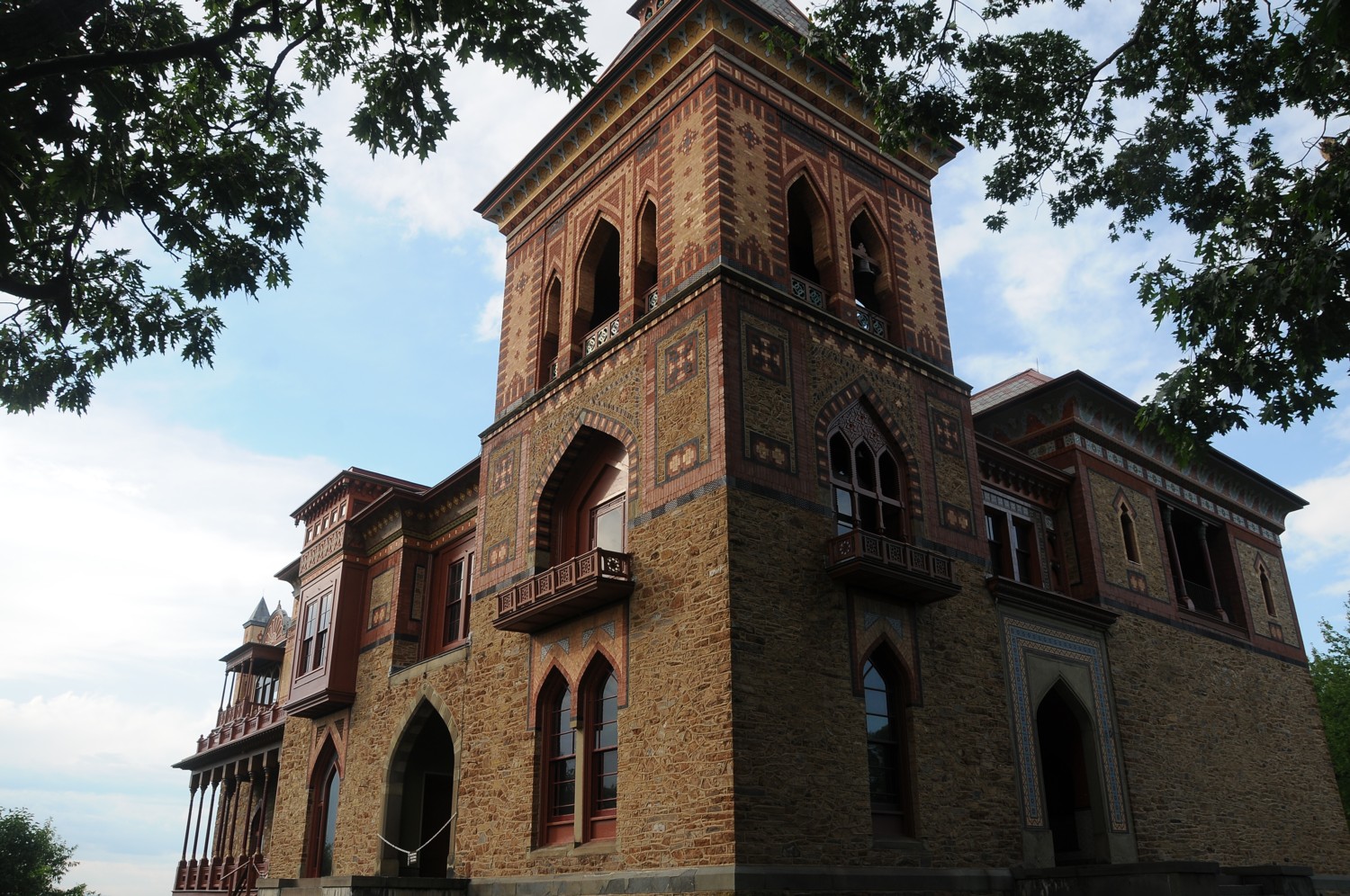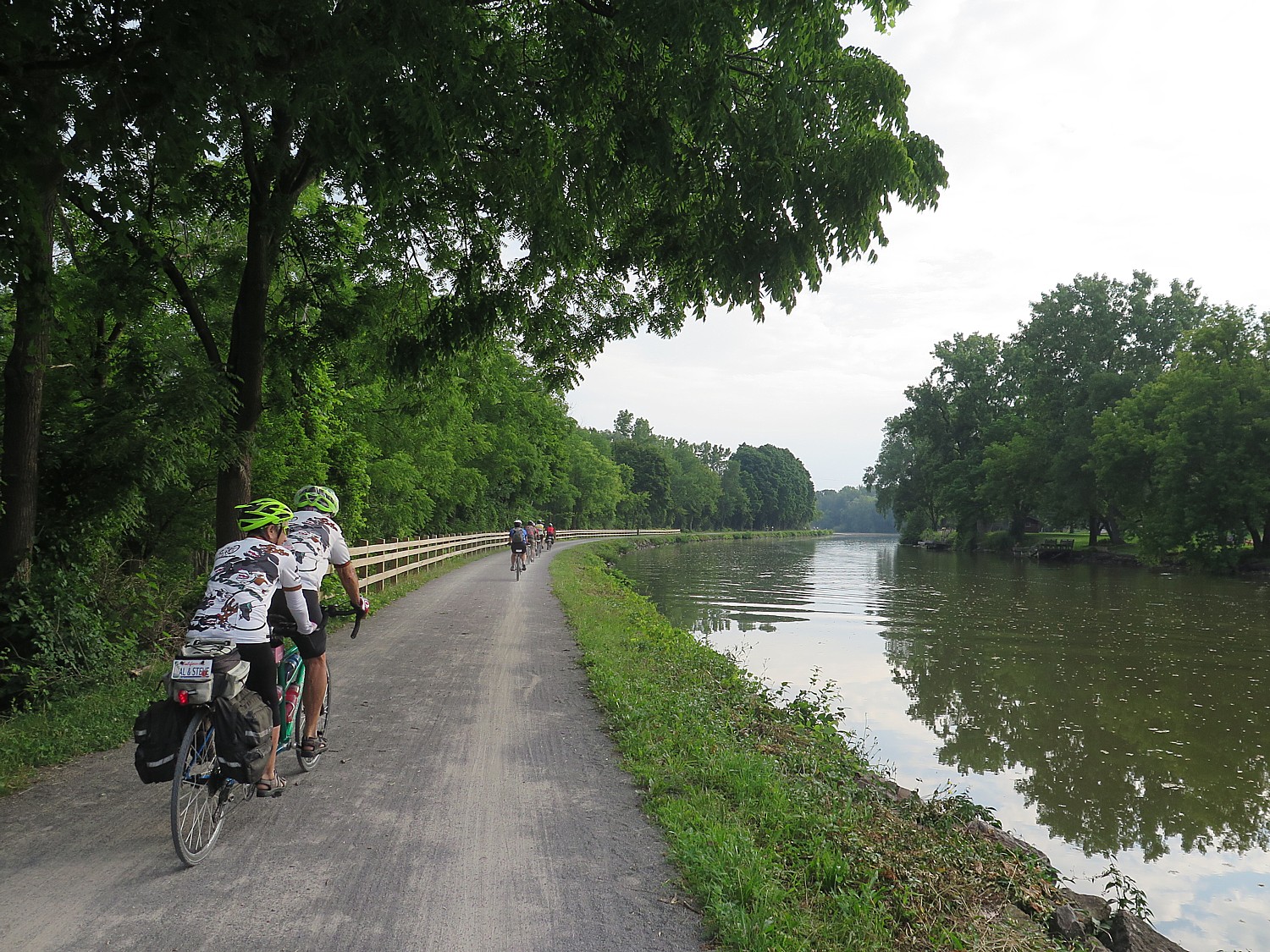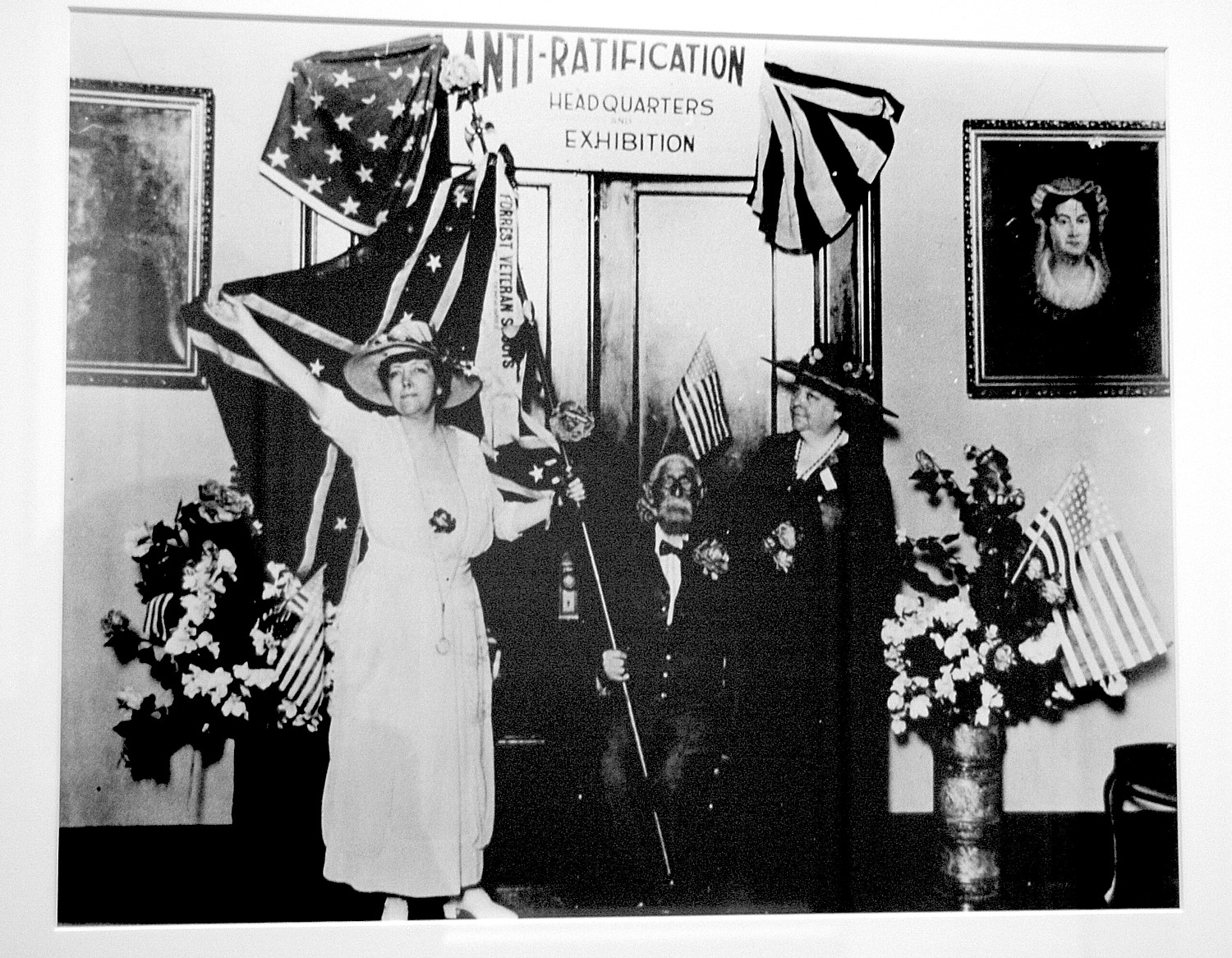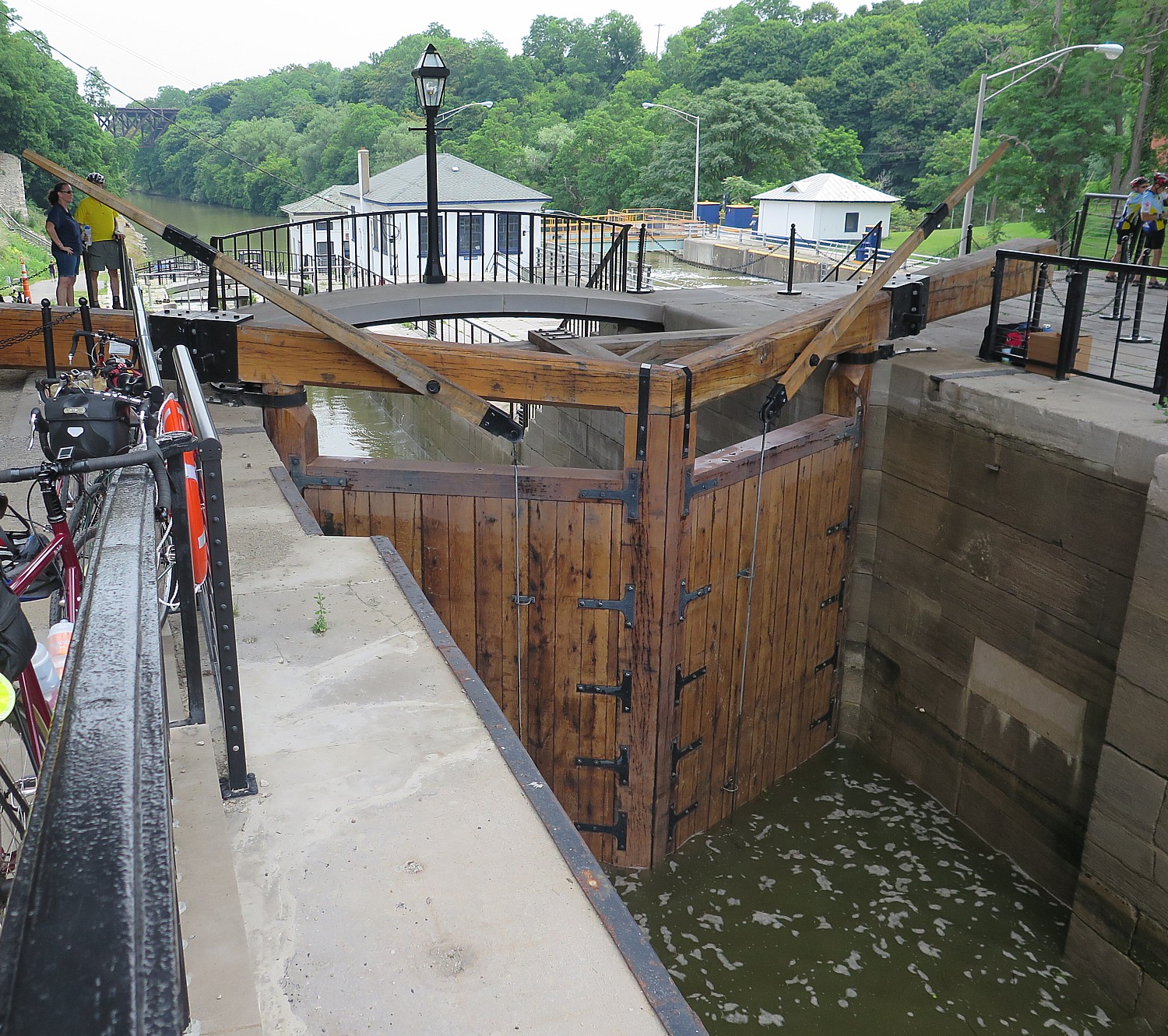
Celebrations and events will take place across New York State to celebrate the 200th anniversary of the Erie Canal. An engineering marvel that stimulated trade, exploration and invention, the canal project created the first superhighway across New York, connecting Albany and Buffalo and improving transportation to and from New York City by linking the Hudson River to Lake Erie.
“The Erie Canal was critical in establishing New York as a national hub for commerce and industry, and today offers boaters unparalleled views and access to our canalside communities,” Governor Andrew Cuomo said. “In commemorating this anniversary, we celebrate the canal’s rich heritage as well as its pivotal role in promoting economic development and tourism today. I urge visitors to come experience the many events planned for the bicentennial celebration.”
The 2017 boating season is already underway on the 524-mile canal system for recreational vessels, which are now the primary users of the canals. The season runs through Oct. 11 when the canal is actually drained. A ceremony to mark the occasion was held in Waterford, the eastern terminus of the canal, where Lieutenant Governor Kathy Hochul gave the orders to open the gate at Lock 2, where more than 20 boats were waiting to begin their canal journey.
It was on April 15, 1817, the New York State legislature approved construction of the Erie Canal, connecting Albany to Buffalo. Crews began work following the ceremonial first dig on July 4, 1817, in Rome, Oneida County. The canal was officially completed on October 26, 1825.
The towns established along the canal now blossom with annual festivals, living history re-enactments and hands-on museums that celebrate the region’s rich past and the communities that live along the canal today.
“This will be an exciting year to visit the canals,” Canal Corporation Director Brian U. Stratton said. “Come experience our unique destinations and celebrate the Erie Canal Bicentennial with the more than 200 communities within the corridor and be a part of a history that is still being written every day.”
The New York State Canal Corporation is co-hosting bicentennial events with communities along the canal. They include:
- Amsterdam, June 9, with a festival and fireworks at Riverlink Park, home to the new Mohawk Valley Gateway Overlook Bridge;
- Schoharie Crossing State Historic Site, June 10, all day canal-themed events and barbeque, where you can see the remnants of the original Erie Canal, the enlarged canal and current configuration of the Barge Canal;
- Lockport, July 8, home to the famed “Flight of Five,” a set of five locks dating to the 1860s. The Flight once effectively acted as “stairs for boats” heading up the Niagara Escarpment, the long cliff that runs east/west across New York that famously includes Niagara Falls;
- Rochester, July 14-15, featuring an Erie Canal forum and a day of family-friendly events and music, both held at the Strong National Museum of Play; and
- Rome, July 22, an all-day event at Bellamy Harbor Park, featuring a first-dig re-enactment, an arts and crafts fair, concerts and fireworks.
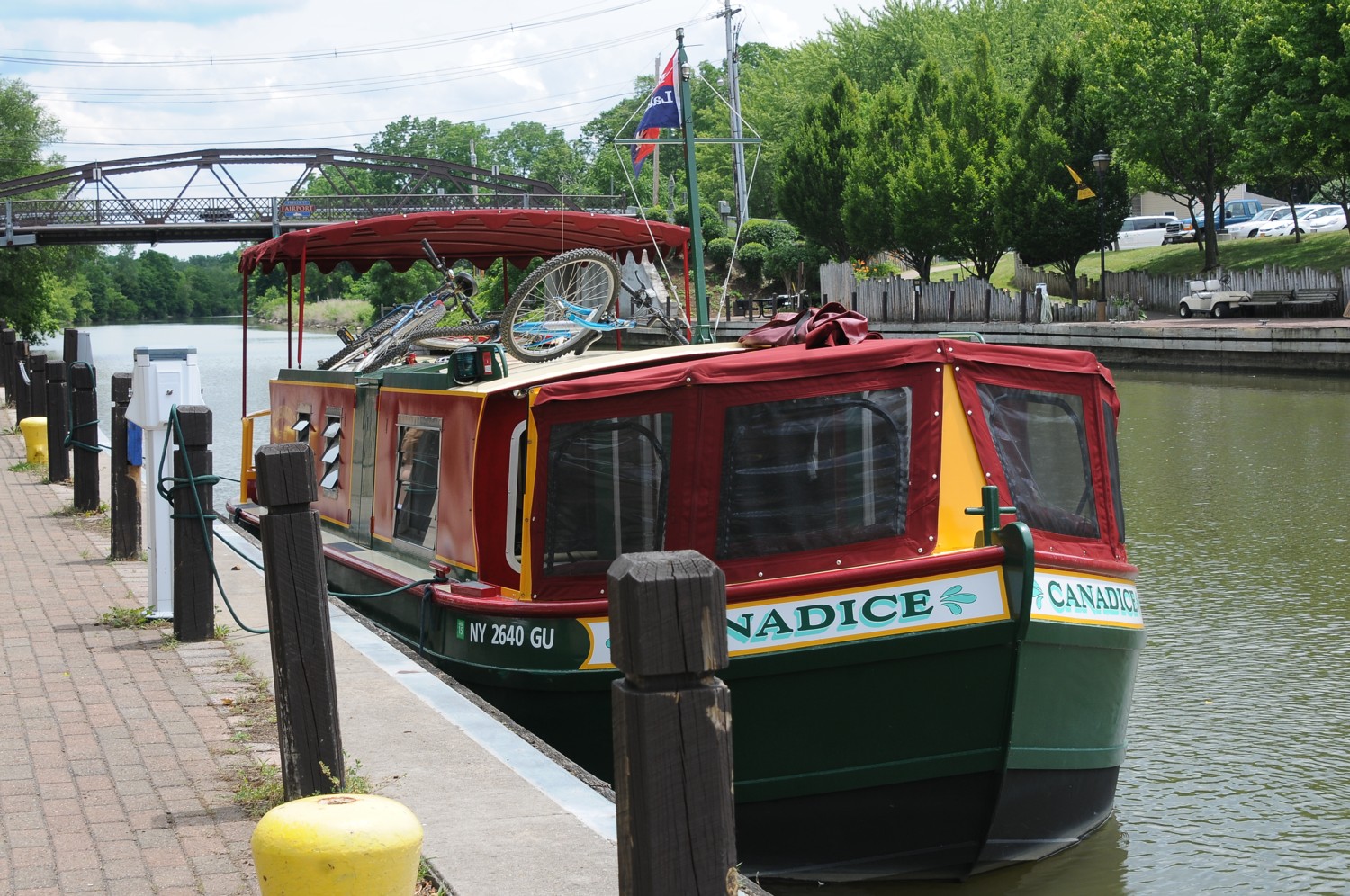
Other festivals, exhibits and celebrations commemorating the bicentennial include:
- The Erie Canal National Heritage Corridor plays host year-round to a number of museums and historical sites, which bring the rich history of the canal to life.
- The Corning Museum of Glass will launch GlassBarge, a floating performance venue that will bring the story of glassmaking as well as demonstrations to waterfront communities across the state beginning June 2 in Fairport.
- The Albany Symphony will bring “Water Music NY,” a series of unique musical celebrations of the historic waterway, to communities beginning in Albany on July 2, culminating July 8 in Lockport, when the orchestra will play while on a barge inside a canal lock.
- The 1862 replica canal boat “Lois McClure” will travel across the state, including the length of the Erie Canal, visiting towns and villages along the way, as crews from the Lake Champlain Maritime Museum show visitors what life was like aboard a canal boat. Erie Canal Cruises in Herkimer will put on a July 4 commemoration and is planning season-long exhibits and demonstrations that will highlight the engineering triumphs of the eight-year construction process with notable innovations on display such as the wheelbarrow and stump puller.
- The Seneca Museum of Waterways and Industry in the Finger Lakes shows how the opening of this vital trade route helped foster social reform movements, including women’s rights. Nearby, catch fireworks during Canal Fest on July 7-9.
- WCNY Public Media’s new documentary, Erie: The Canal That Made America will premiere this September.
- Syracuse will host the annual World Canals Conference from September 24 – 28, an international event that attracts canal professionals, tourism experts, academics and canal enthusiasts and boaters. Syracuse is also home to the Erie Canal Museum, located in the only remaining weighlock building in the U.S., where year-round interactive displays and artifacts tell the story of the canal’s development and the creativity and inventions that made it possible.
- From September 30 through October 15, Locktoberfests will take place in communities along the canal system. The annual autumn events incorporate community markets, Taste NY products, local art and entertainment and family activities. Locktoberfests are scheduled in Fort Edward, Rome, Seneca Falls, Phoenix and Lockport.
- A new Erie Canal exhibit, “New York’s Erie Canal: Gateway to a Nation,” will open this fall at the New York State Museum in Albany.
- In Lockport, the Kenan Center, celebrating its 50th anniversary, will have a special exhibition of Erie Canal photographs.
- The Chittenango Landing Canal Boat Museum lets visitors step back in time to experience life on the canal as it used to be, while the Canastota Canal Town Museum highlights canal history and engineering achievements.
- In the Greater Niagara region, Canalside Buffalo offers a calendar full of fun festivals featuring live music, artisans, food and kid-friendly activities.
To further celebrate the bicentennial, permit fees for recreational vessels, normally costing $25-$100, have been waived by the Canal Corporation this year.
New York’s canal system includes four historic canals: the Erie, Champlain, Oswego and Cayuga-Seneca. Spanning 524 miles, the waterway links the Hudson River with the Great Lakes, the Finger Lakes and Lake Champlain. The canals form the backbone of the Erie Canalway National Heritage Corridor and connect more than 230 unique and historic communities.
The Erie Canalway Trail is a multi-use trail accommodating more than 1.5 million pedestrians, bicyclists, and cross-country skiers annually. More than three-quarters of the 365-mile Erie Canalway Trail from Albany to Buffalo is a dedicated off-road trail, much of it along the canal’s former towpath. Other off-road sections will be completed as part of Governor Cuomo’s Empire State Trail initiative, which will include the Erie Canalway Trail and portions of the Champlain Canalway Trail, and at 750 miles will be the longest multi-use recreational trail network in the nation upon its completion in 2020.

For the most amazing immersion into the Erie Canal’s rich history and stunning landscape, join New York Parks & Trails annual Erie Canal bike ride, when you bike the full length of the Erie Canal and the Erie Canalway (and then some), on the 400-mile, 8-day supported camping trip (July 9-16, Parks & Trails New York, 29 Elk Street, Albany NY 12207, 518-434-1583, ptny@ptny.org). Or, take a Lockmaster canalboat (a houseboat) through Mid-Lakes Navigation (11 Jordan St., Skaneateles, NY 13152, 315-685-8500, 800-545-4318, info@midlakesnav.com, midlakesnav.com).
To learn more about New York’s canal heritage and bicentennial events, visit:
Since 2011, Governor Cuomo has made substantial investments in the tourism industry throughout New York State, leading to historic levels of visitors and direct spending. New York recently welcomed 234 million visitors who spent over $63 billion, generating a total economic impact of more than $100 billion for the second straight year. Additionally, tourism the state’s fourth largest employer, supporting more than 910,000 jobs annually.
New York State features 11 vacation regions. New York’s attractions feature landmarks such as Niagara Falls, the largest park in the continental U.S. in the Adirondacks and treasures such as the Baseball Hall of Fame in Cooperstown and the Corning Museum of Glass. New York State offers diverse activities for all: outdoor fun – snowmobiling, skiing and snowboarding, fishing, hiking and boating, year-round festivals and exploring the rich history and culture of one of the 13 original colonies. Visitors also enjoy the fine cuisine, beverage trails and farm-to-table fresh foods. For more information, visit iloveny.com.
For more travel features, visit:
www.huffingtonpost.com/author/karen-rubin
goingplacesnearandfar.wordpress.com
travelwritersmagazine.com/TravelFeaturesSyndicate/
goingplacesfarandnear.tumblr.com/
instagram.com/krubin0830/
‘Like’ us on facebook.com/NewsPhotoFeatures
Twitter: @TravelFeatures
